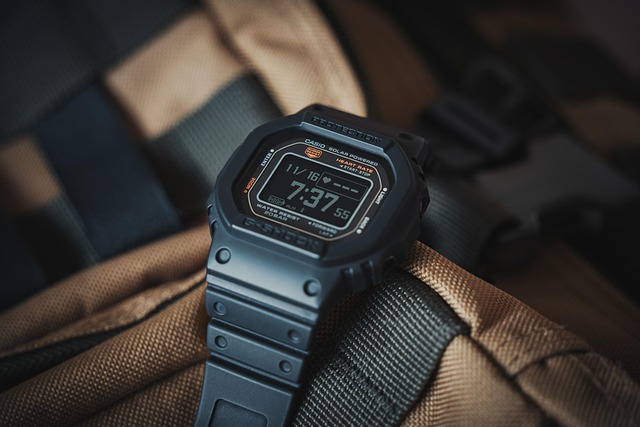Backpack Guide: Features, Uses, and Choosing a Pack
A backpack is a practical, versatile accessory used daily by students, commuters, and travelers. This article explains core features to consider, how to pack equipment efficiently, what to look for in travel gear and school bags, and basic care tips including zipper maintenance and local repair options. The goal is clear, factual guidance to help you pick and use a backpack that fits your routine.

What features should a backpack zipper have?
A reliable zipper is one of the simplest but most critical components of a backpack. Look for zippers with sturdy teeth and metal or reinforced plastic sliders; double zippers allow opening from either side and can be locked for security. Water-resistant or covered zippers reduce moisture entry. Smooth operation is also important—jam-prone zippers reduce usability. If you frequently carry heavy loads or electronics, prioritize well-sealed, corrosion-resistant zippers to protect contents from weather and wear.
How to organize equipment inside a backpack?
Organizing equipment starts with compartmentalizing: use separate pockets or packing cubes for electronics, chargers, documents, and smaller items like pens or medicines. Place heavier equipment close to the back panel to maintain balance and reduce strain. Use a padded sleeve for laptops and tablets; smaller zippered pockets keep cables and batteries tangle-free. For outdoor or camera gear, consider modular inserts or padded dividers. Labeling or color-coding storage pouches can speed retrieval and prevent items from being misplaced in daily or travel use.
Choosing a backpack for travel gear needs
When selecting a backpack as primary travel gear, think about capacity, access style, and weight. A travel backpack with a clamshell opening makes packing and finding items easier than top-loading designs. Aim for sizes that meet carry-on limits if you intend to avoid checked luggage. Features such as compression straps, lockable zippers, and a padded hip belt improve comfort and security on longer trips. Materials should be durable and water-resistant; also check for attachment points for tripods, sleeping mats, or other travel-specific equipment.
Which backpack suits school routines and supplies?
School backpacks must balance capacity, durability, and ergonomic support. Padded shoulder straps and a ventilated back panel help with comfort during long walks or bike commutes. Multiple compartments aid in separating textbooks, notebooks, lunch, and a laptop. Reinforced bottom panels extend lifespan when placed on rough surfaces. Reflective accents and easily accessible pockets for water bottles or ID cards add convenience. For younger students, size-appropriate backpacks that keep the weight close to the child’s center of gravity help reduce strain.
Caring for your backpack and fixing the zipper
Routine care extends a backpack’s life: clean according to manufacturer instructions, air dry thoroughly after exposure to rain, and check seams and straps for wear. Lubricate metal zippers sparingly with a graphite pencil or dedicated zipper lubricant to smooth operation; avoid household oils that attract dirt. For zipper issues like misaligned teeth, gently realign with pliers or seek a repair at local services; many outdoor shops and leatherworkers offer zipper replacement. Regularly inspecting equipment and addressing small repairs early prevents larger failures while traveling or at school.
Conclusion
Choosing and maintaining a backpack comes down to matching features to intended use—whether carrying school supplies, specialized equipment, or travel gear. Focus on build quality, comfortable fit, secure zippers, and smart organization to keep items safe and accessible. Proper care and timely minor repairs from local services can significantly extend a pack’s useful life. By assessing capacity, access style, and support features, you can find a practical backpack that performs well in daily routines and specific activities without unnecessary compromise.






